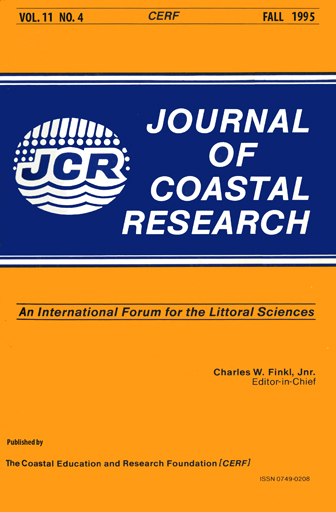Is the Coastline "Protection" of Portugal by Hard Engineering Structures Effective?
Keywords:
Groins, seawalls, revetments, beach erosion, shore protection, shore management, shore stabilization.Abstract
The retreat of the coastline, especially fast in areas with sand dunes of Pleistocene-Holocene unconsolidated deposits, is becoming a very serious problem in zones where towns, fishery villages, holiday houses and hotels are present. About ten years ago, decision-makers decided to build groins and revetments thinking the problem solved. However, the problem was not solved and each year the engineering coastal structures became increasingly hard, the groins increased and, simultaneously, the retreat of the cliffs accelerated while the beaches lost sediments. Now the challenge is to find an alternative that can effectively protect the damaged occupied areas and to prevent the accelerated downdrift erosion. One alternative measure could be artificial beach, nourishment successfully done in Praia da Rocha (Algarve). However, this practice is not useful on other segments of the Portuguese coastline where source sediments are not available. Two different and illustrative examples of the kind of protection and management that has been done on the Portuguese coastline discussed for the Ofir-Apulia and the Espinho-Furadouro areas.


